Cyberpost: CYBERPOD MK1
9/1/2024
I built a cool computer that falls into the class of computers called "Cyberdecks." There is a lot of background knowledge to be able to talk about this project. I will give a brief overview of the last 40 years of science fiction with some helpful links in case you've managed to avoid this particular cultural zeitgeist.
What is cyberpunk?
Cyberpunk is a genre characterized by the "high tech, low life" feel. It often has prevalent themes of anticorporatism, antiauthoritarianism, and an overall pessimistic outlook on the nature of the human condition and our relationship with technology. There are also often themes of cultural syncretism, like melding of Japanese, Jamaican, and Latin American cultures, although Japanese culture does often take precedence.
Even if William Gibson doesn't like it, his novel Neuromancer is one of the first real works of cyberpunk fiction. I listened to this particular book earlier this year, and it's about Henry Dorset Case, or just Case for short, and his misadventures through mercenary life, culminating in an unprecedented interaction with a rogue artificial intelligence as far as fictional works goes. Gibson's work was far ahead of his time, and his understanding of technology was impressive even by today's standards. This book by Gibson is currently being adapted into a TV series on Apple TV.
Out of the earlier works came the tabletop RPG Cyberpunk. It was named after the genre, and sought to build a framework for tabletop gamers to build out their own custom characters similar to Dungeons and Dragons.
Along with some of the eariler Studio Ghibli movies, Akira was one of the first japanese animation movies to really catch on in American culture. Akira's setting made a permanent impact on the genre of cyberpunk, giving a visualization for how Gibson described "neotokyo".
Snow Crash by Neal Stephenson is a novel about one of the most famous hackers of his time, Hiro Protagonist. He's also a skilled mercenary and katana swordfighter, especially in the Metaverse, where he actually designed the underlying combat systems to favor him. Another author whose knowledge was far ahead of his time, Neal Stephenson's work was incredibly influential on all subsequent cyberpunk media.
Altered Carbon is another great cyberpunk noir novel. It's one that's better read than explained, but the story is very complex and nuanced, and the tech is very advanced. It was adapted into a Netflix series that barely did it justice.
Deus Ex is a cyberpunk video game series that explores the limits of technological integration into humans, and has many classic cyberpunk subplots in an interactive medium.
The Matrix. That's a cyberpunk movie. The tech is zany, the line between flesh and chrome isn't always clear, and for many people, this was their first exposure to a movie with hackers and computers that had a truly captivating plot.
As a modern reincarnation of this, the video game studio CD Projekt Red released Cyberpunk 2077. This is currently the most relevant piece of cyberpunk media in existence, and captures many of the moods, tropes, and themes of all the previously listed works, at a higher production value and more interactable than any previous work. This game flopped on launch, but has since become loved by its fans for its incredibly immersive gameplay and plot in Night City.
What is a cyberdeck?
Cyberpunk media has prevalent themes of hacking. Often, the main character of these books is either directly knowledgeable on hacking, or knows someone who is. For example, in Snow Crash, when Hiro Protagonist accesses the Metaverse, he does so through a Cyberdeck. In that book, it is basically a VR system that projects images from a box directly into your eyes. In the game Cyberpunk 2077, a cyberdeck is a small computer that is semi-permanently installed in your head, and offers your cybernetic eyes further hacking abilities.
Obviously, the above cyberdecks and cool computers are not able to exist in our reality (at least not yet). But there is a subset of fans of the cyberpunk genre who are so inspired by those works of fiction that they want to bring those fictional computers into our real world.
cyberdeck.cafe is a community of individuals who all share a common interest in cyberpunk media and seek to build homemade cyberdecks. Many of these wind up simply being computers in a Pelican case, but others build unique enclosures for their computers. There are a few common traits between these cyberdecks. They often seek to pack as much functionality into as small of a form factor as possible, so screen size often goes out the window in favor of additional features.
In short, a real life cyberdeck is a computer-based art project and engineering challenge.
What is my cyberdeck?
My cyberdeck is primarily designed to be portable with a particular keyboard style that I like. That keyboard was originally going to be the Sugar Glider, by Mechwild. This was a convenient first pick, since it has a trackpad built-in, and I already owned it. Unfortunately, during construction, I damaged a critical piece of hardware for this board, so I had to step to the next option.
I opted for a keyboard that had a similar profile, but allowed for a slightly different use-case. Since this keyboard is two separate pieces, I can store the parts facing one-another during travel, and not risk damaging itself.
Here is a sketch of my current plan:
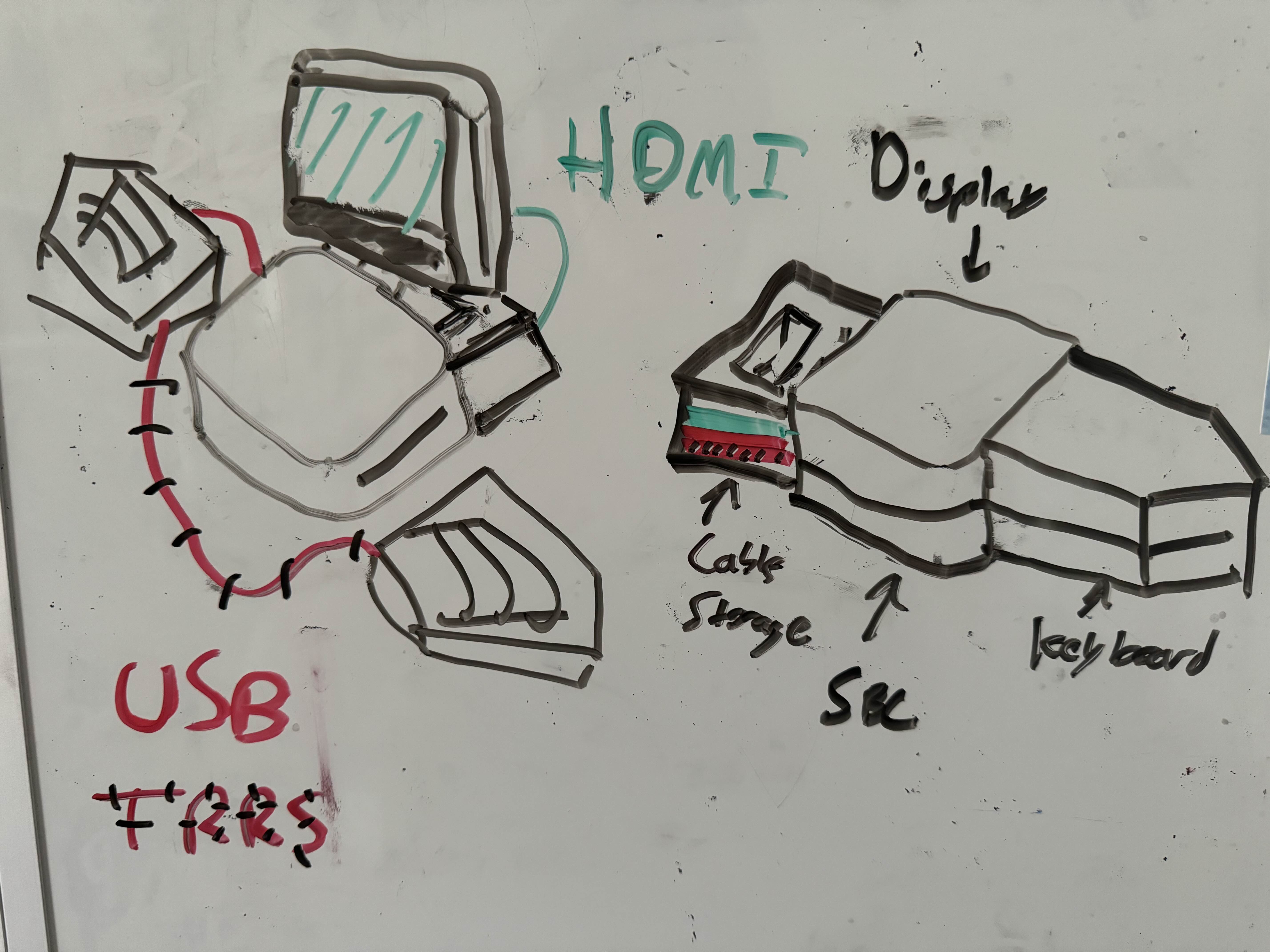
Setting up Linux
I then set up Linux on the machine. I ran into a few hiccups around firmware and a locked BIOS, but I am a professional hacker of things, so I worked around it.

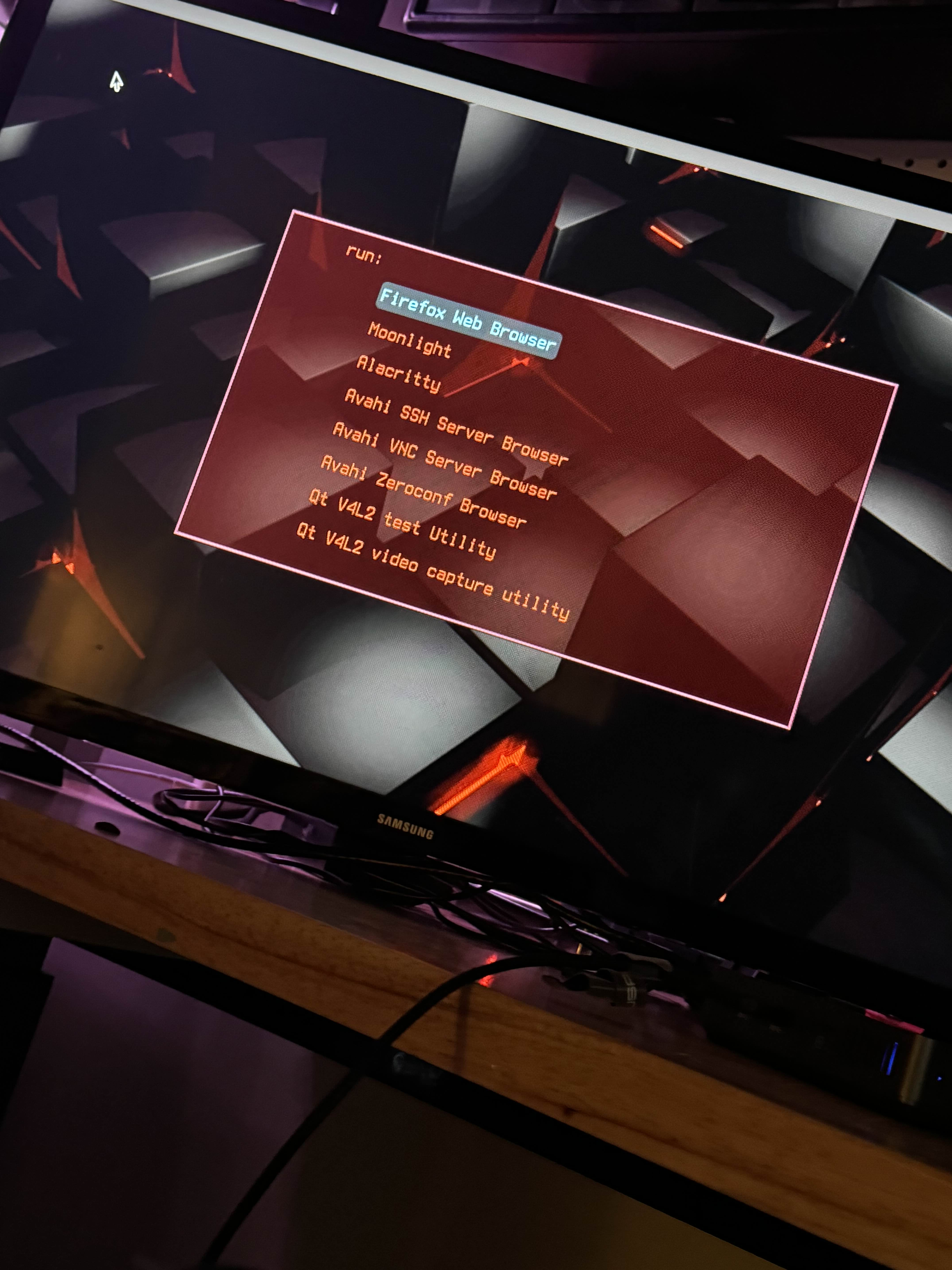
Soldering the keyboard
This part sucked. It took me two weeks to actually build a keyboard, because I destroyed the pins on the first one with my stupid human hands.
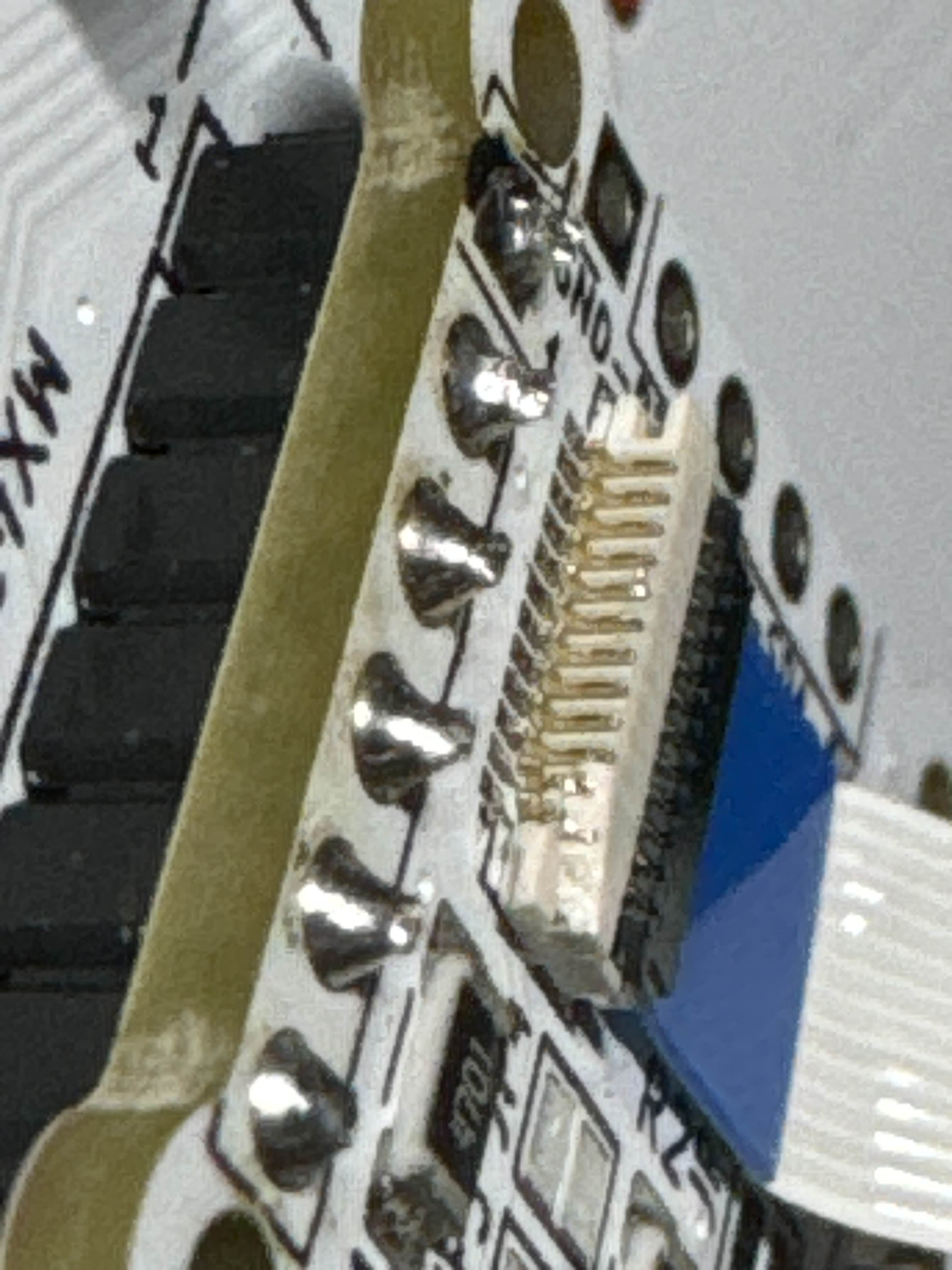
I wound up buying a new keyboard kit online. Once that came in, it was smooth sailing. From the beginning of construction to a final working product took probably eight hours, and that's including time spent trying to shoehorn in an unnecessary part.
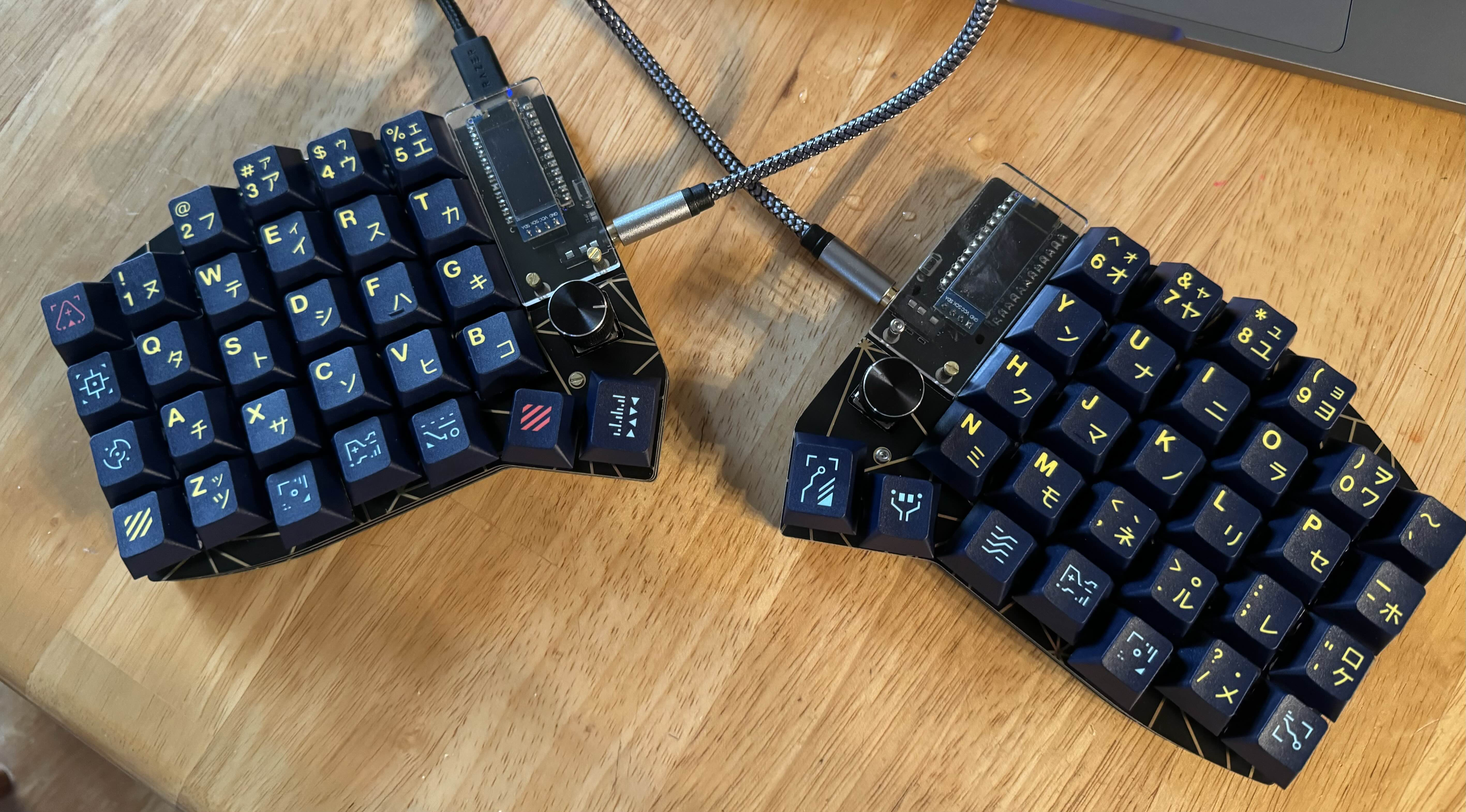
Rapid Prototyping
3D printing means I get to check dimensions in less than an hour for fine details like IO shields and keyboard shapes. I realized I didn't want an IO shield though, and just stuck with making the keyboard case.
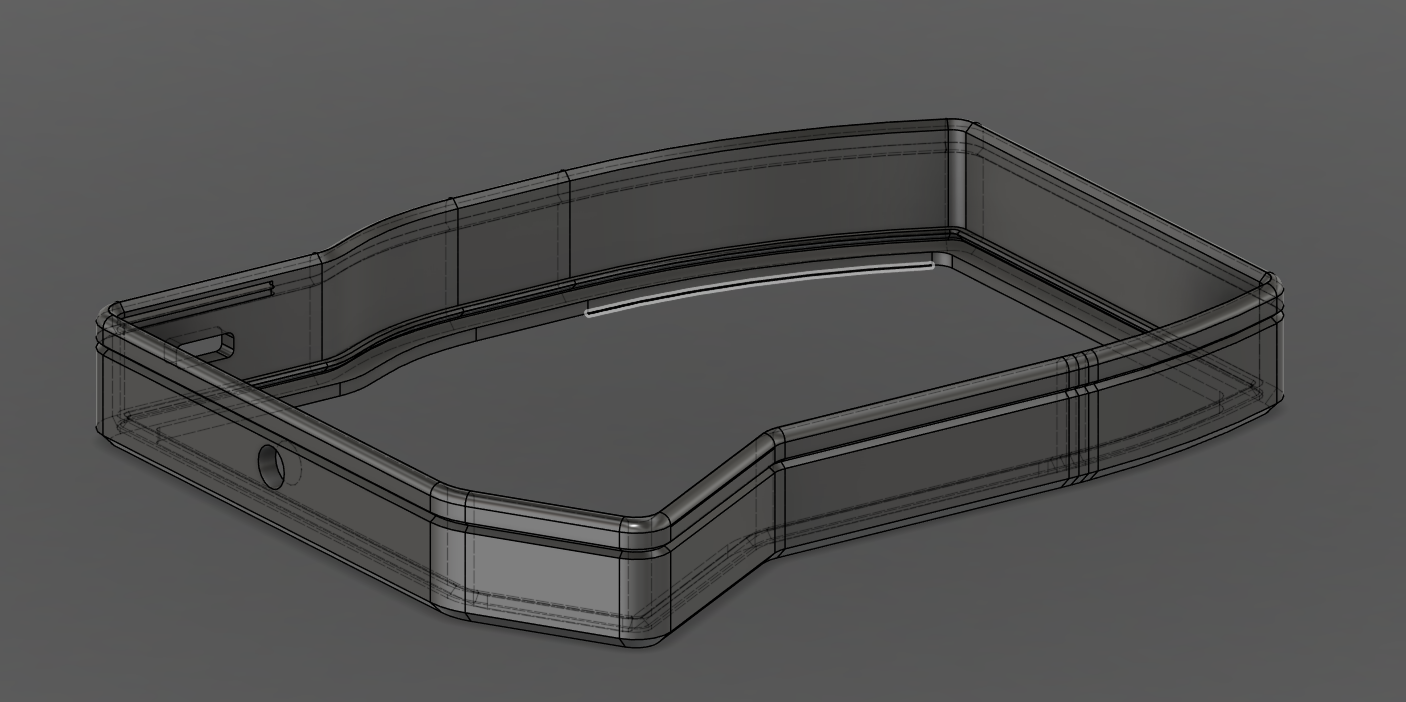
I found a nice 3D model of that online to go off of as a base. After only a few prints, I got a working version:
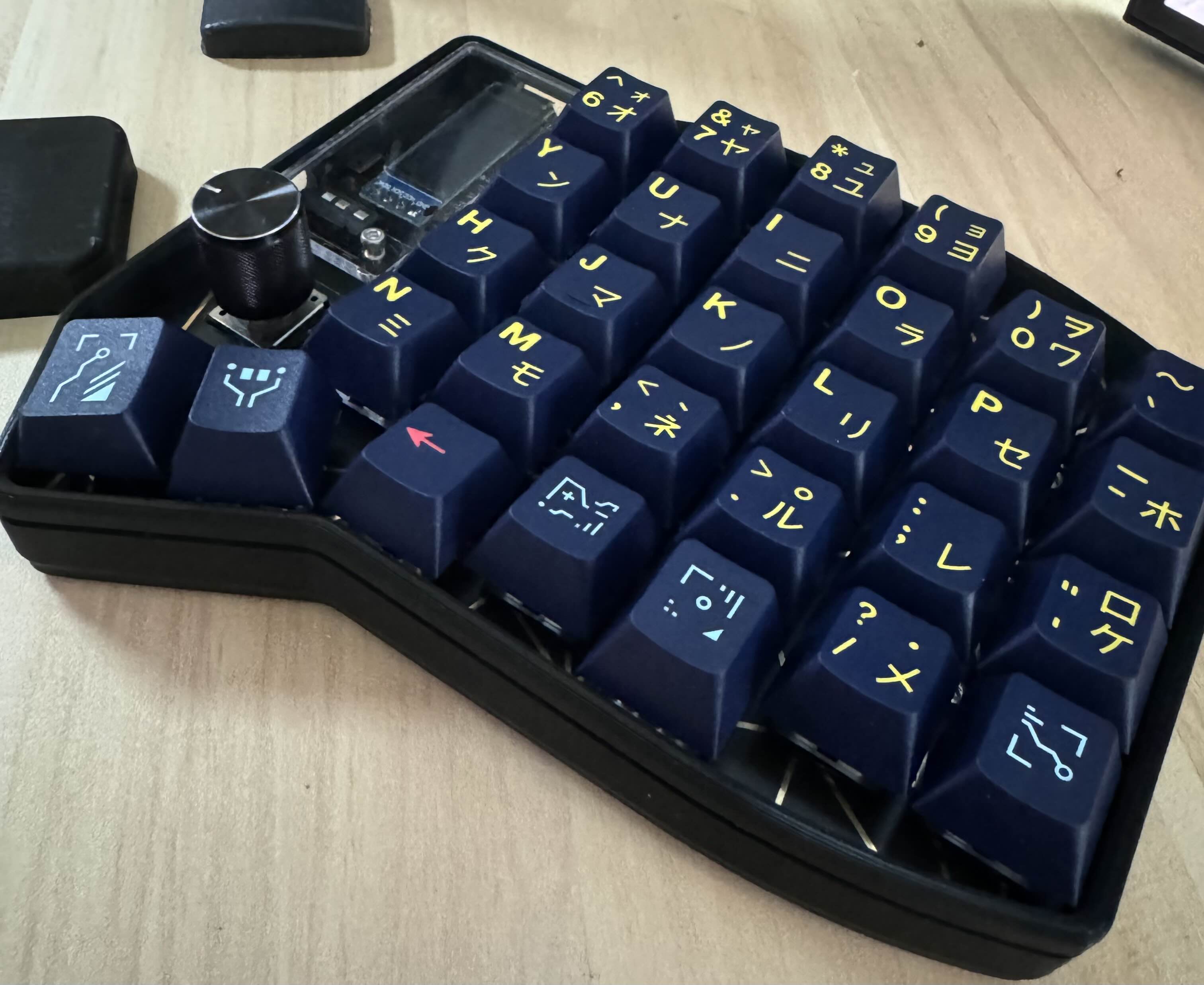
I had initially designed a full case for the board, but I couldn't get it to work well. I decided on the simpler solution, which was to use a large portion of the existing case, and build a new case around it. I modeled the case in Fusion 360.

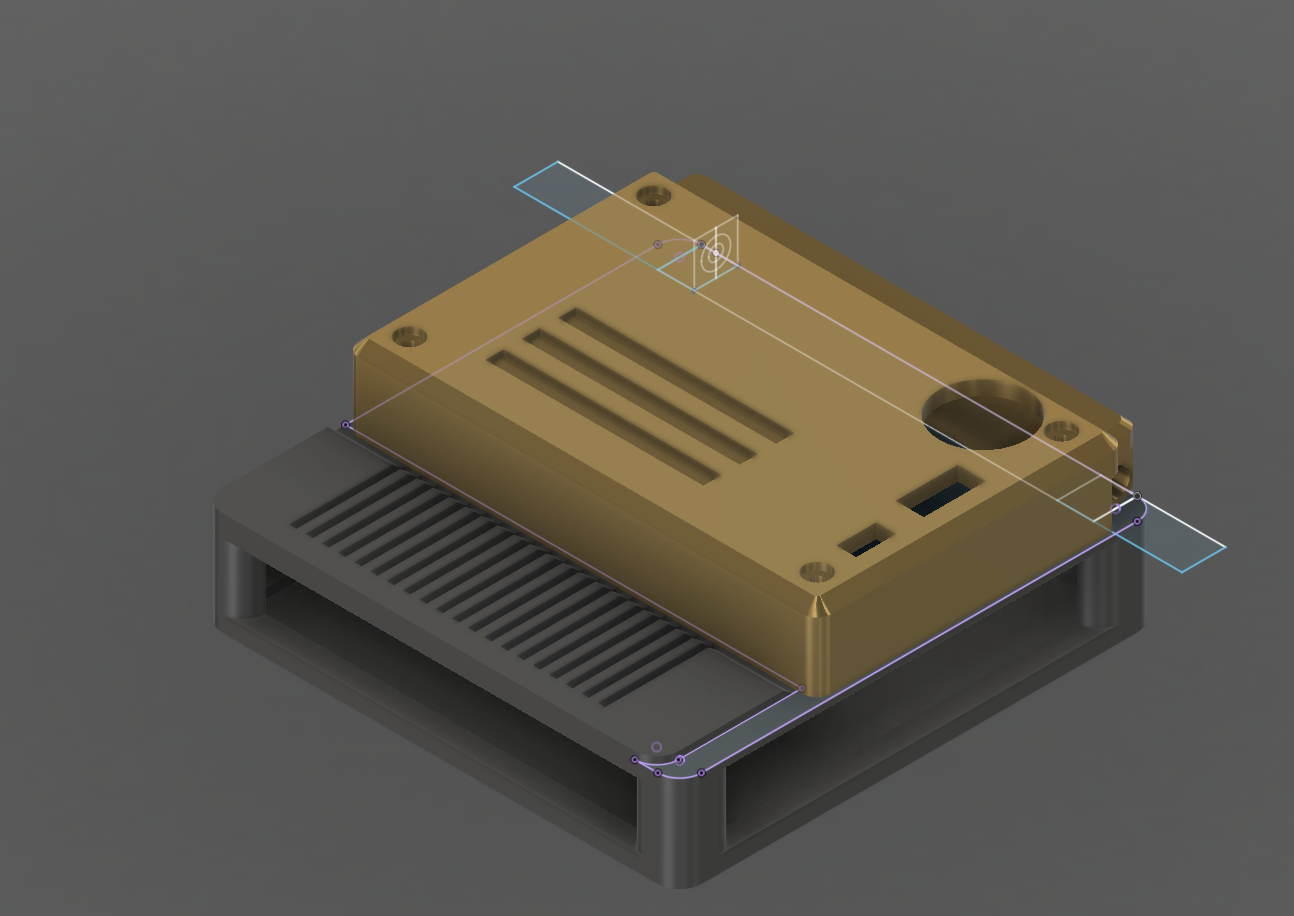
Final Assembly
After all the necessary parts were designed, assembly went fairly quickly.

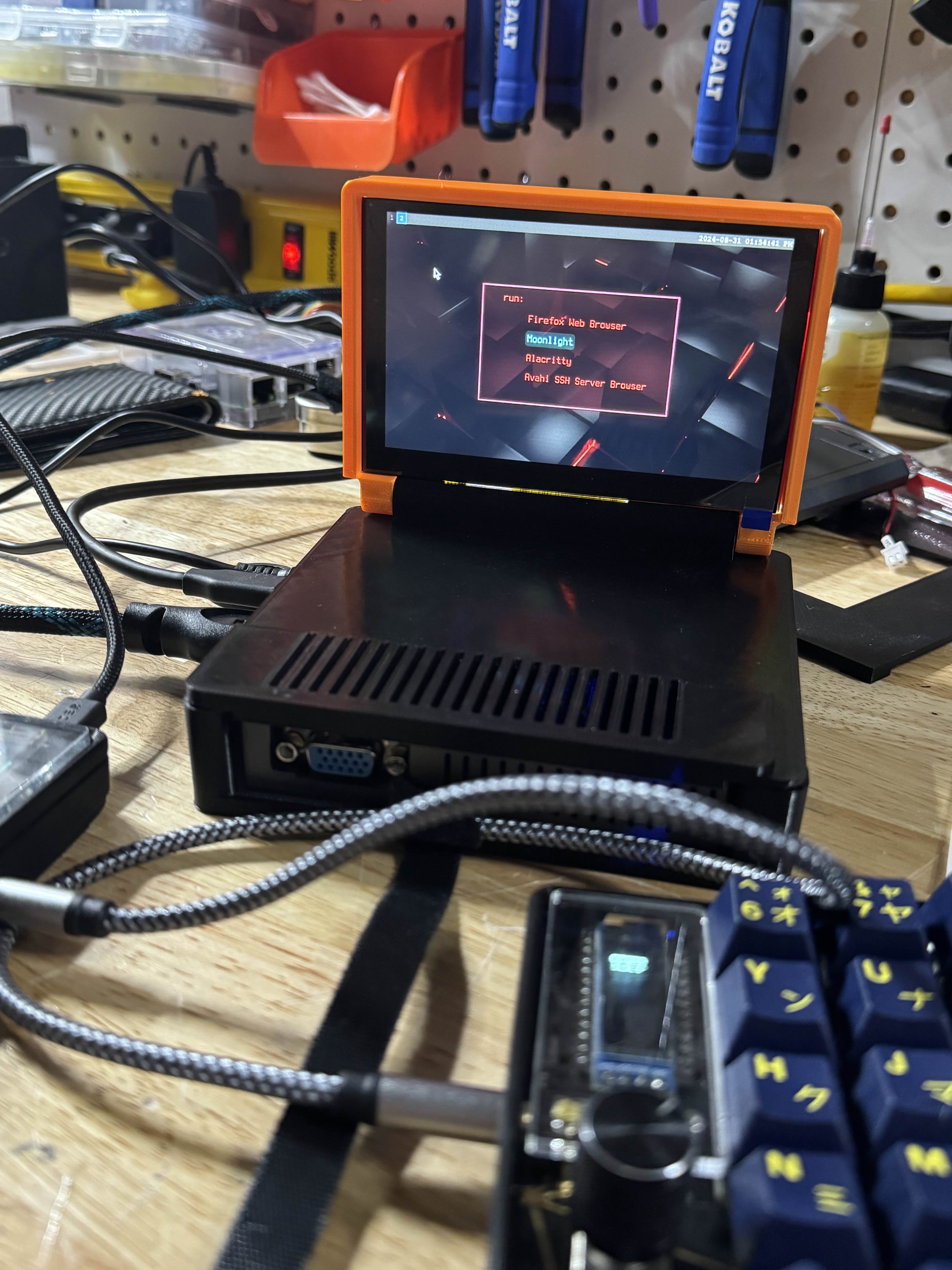
Lessons
REUSE!
You don’t need to reinvent the wheel to create a successful deck. I reused the case of the default computer instead of creating my own IO shields.
TOLERANCES!
My tolerances were slightly off. This made my build slightly less efficient than it could have been, and meant I did a lot of reprinting.
GREEBLES!
Small details go a long way in making a deck look cassette-futuristic. I need to make more of those in my next build.
USE WHAT YOU HAVE!
Messing with electronics can SUCK if you don’t know what you’re doing. You can fry expensive boards quick with a soldering iron. It’s sometimes better to find ways to build around existing solutions than to try to dissect and graft solutions together.
